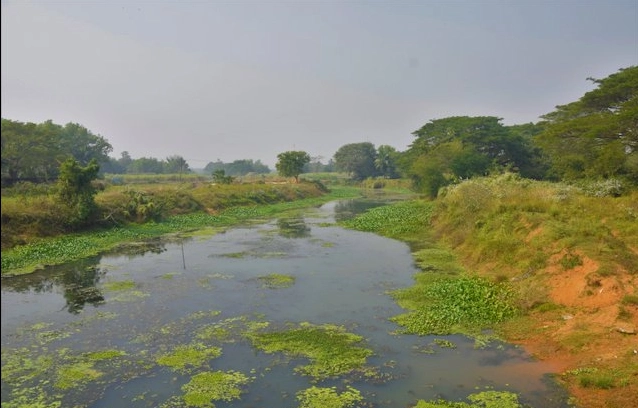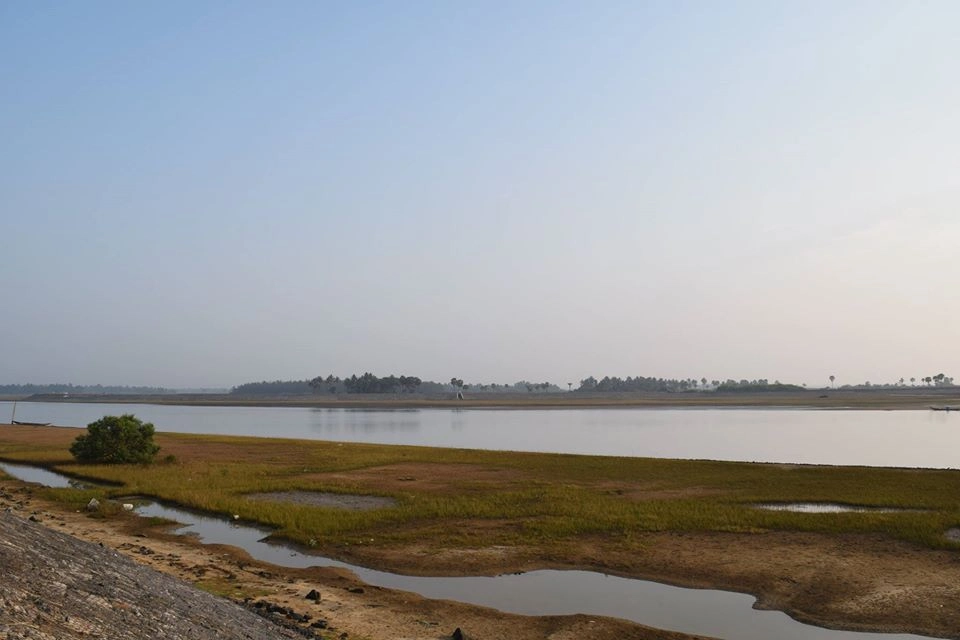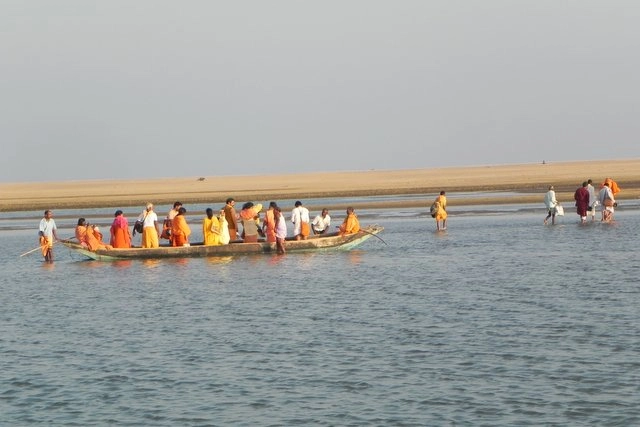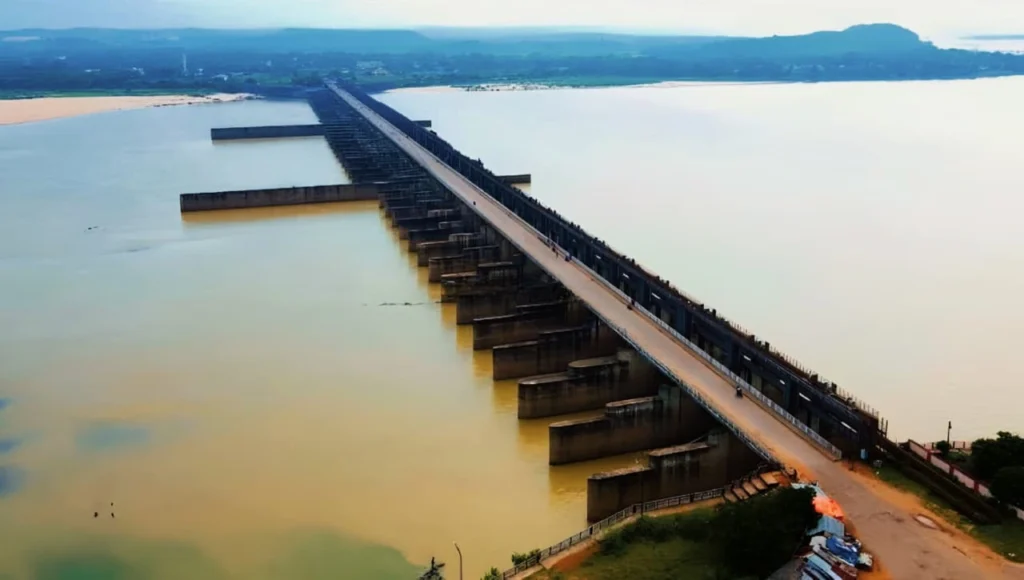
Table of Contents
Geography and Origin of the Prachi River
The Prachi River stretches for about 78 km, flowing through Puri, Khurda, Cuttack, and Jagatsinghpur districts. Moreover, it originates from the Kuakhai River, a distributary of the mighty Mahanadi, and finally meets the Bay of Bengal near Keutajanga in Kakatpur. Additionally, with a catchment area of nearly 600 sq. km, it once supported vast agricultural lands and connected settlements through navigable waterways.
However, what was once a perennial and vibrant river has now shrunk into a seasonal stream, flowing with life only during the monsoons.
Prachi River Valley Civilization
Archaeologists and historians describe the Prachi Valley Civilization as one of India’s oldest; in fact, some accounts suggest its roots are even older than Harappa and Mohenjo-Daro. Moreover, excavations have revealed pottery, tools, and burial remains, pointing to organized rural settlements and active trade routes.
Furthermore, the fertile banks of Prachi supported diverse communities and became a spiritual melting pot where Saivism, Vaishnavism, Shaktism, Buddhism, and Jainism flourished together. Consequently, this unique synthesis of faiths shaped the valley into a vibrant cultural corridor.
Mythological Significance of Prachi River
In Sanskrit, “Prachi” means “east”, symbolizing the rising sun and spiritual rebirth. According to legends, the river is infused with the essence of Goddess Saraswati, who sacrificed herself to flow as Prachi.
The valley is dotted with temples, shrines, and mathas, many of which are still functional. The most famous are the Dwadasha Madhava temples like twelve shrines dedicated to Lord Vishnu, where festivals and rituals continue to draw devotees. Bathing in the river’s waters is considered purifying, and many Odia households trace their family rituals back to its banks.Heritage Significance of the Prachi Valley
Over centuries, the Prachi Valley witnessed the rise and fall of dynasties like the Chedis, Bhaumakaras, Somavamsis, Suryavamsis, and Gangas. Moreover, each dynasty left behind unique temples, sculptures, and inscriptions that narrate their glorious past. Indeed, these remnants reveal the region’s historical depth and artistic excellence. Furthermore, they connect present generations to a rich cultural lineage.
In addition, the valley’s cultural treasures include:
- Ancient Madhava Temples with intricate iconography, highlighting religious devotion and craftsmanship.
- Ruined forts and settlements, which showcase early Odisha’s defense and trade systems. Similarly, they provide insights into social organization.
- Ports and maritime links, which once made Prachi a hub of coastal trade. Additionally, they emphasize the valley’s strategic importance in history.
Decline of the Prachi River
The Prachi’s decline is a painful reminder of how heritage and ecology intertwine. Over time, urbanization, unchecked construction, road networks, and encroachments have blocked its inlets. As a result, it is now reduced to a trickle, flowing visibly only during the rains.
Consequently, this degradation has harmed local agriculture, disrupted cultural practices, and diminished the river’s role as a unifier of faiths and communities.Revival Efforts: The Prachi Parikrama
In an effort to rekindle awareness, activists, spiritual leaders, and locals have launched initiatives like the Prachi Parikrama, a pilgrimage around the river valley. Notably, these walks blend devotion with activism, urging the government and communities to revive and conserve the river.
At the same time, the movement highlights sustainable tourism, encouraging visitors to appreciate not only the sacred temples but also the urgent need for ecological revival.Tourism Potential of the Prachi River Valley
Though often overshadowed by Puri and Konark, the Prachi Valley nevertheless offers travelers a unique, offbeat experience. Indeed, its charm lies in blending history, spirituality, and local culture. Moreover, it provides insights into traditions largely untouched by modern tourism.
- Heritage walks through villages and temples, allowing visitors to immerse themselves in local history.
- Spiritual journeys to the Dwadasha Madhava shrines, which also highlight devotional practices over centuries.
- Rural festivals and community rituals along the banks, offering vibrant cultural experiences. Additionally, they connect travelers to the valley’s living traditions.
- Explorations of nearby sites like Kakatpur Mangala Temple and Konark, further enhancing the travel experience.
Significance of the Prachi River for Local Communities
- Irrigation for farming, ensuring food security.
- Sacred waters for rituals and festivals.
- Cultural identity through temples and legends.
- Trade routes that connected coastal Odisha with the rest of India.
People Also Ask – Answers to Common Questions
1. Where does the Prachi River originate?
2. Why is the Prachi River called sacred?
3. What is the Prachi Valley Civilization?
4. What is the current condition of the Prachi River?
5. How can tourists explore the Prachi Valley?
Conclusion
The Prachi River in Odisha may seem small in size; nevertheless, its legacy is vast. It shaped civilizations, nourished faiths, and inspired cultural harmony for centuries. Today, as it dwindles, the call to revive it is not just ecological but also cultural, symbolizing the revival of the soul of Odisha itself.
Therefore, if you’re planning a heritage trail in Odisha, make sure to walk along the Prachi River valley. There, you can discover its temples, hear its myths, and join the movement to bring this forgotten river back to life.

